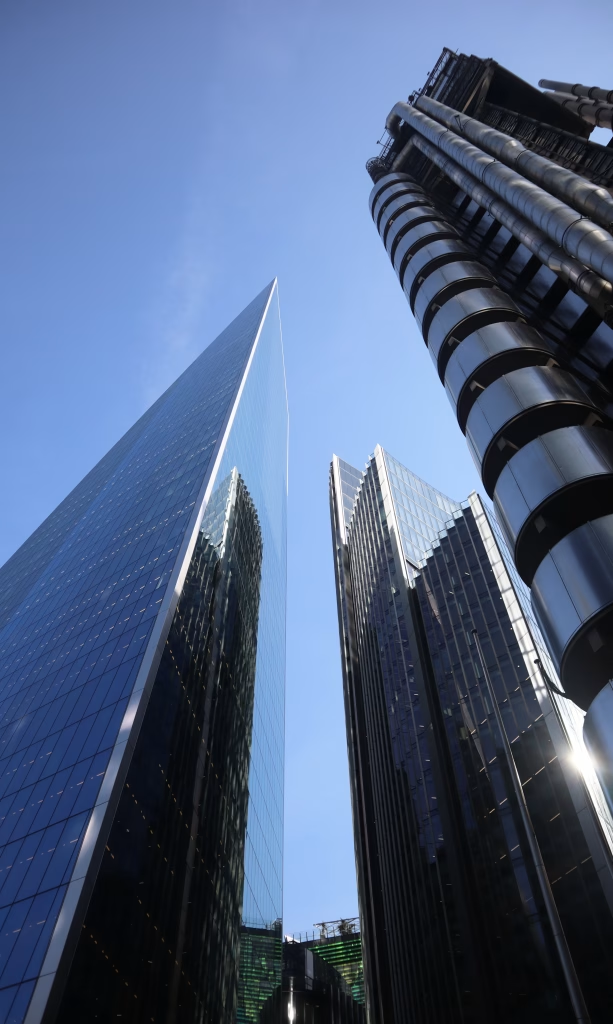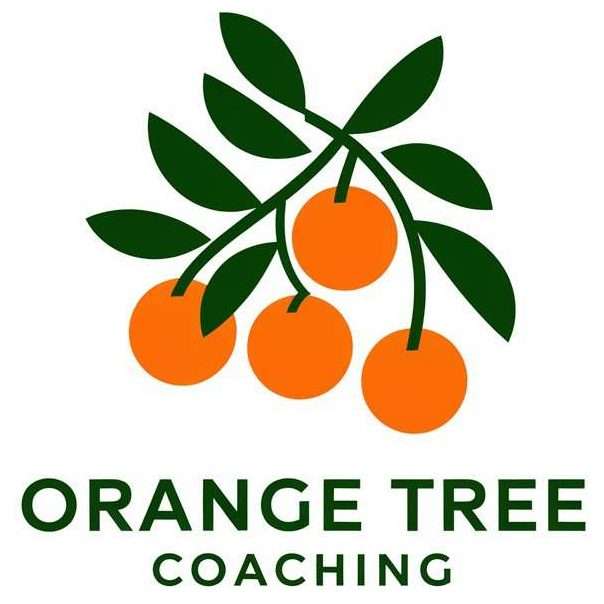In the relentless pace of London’s professional landscape, burnout has become the silent career killer that nobody wants to acknowledge. If you’re reading this, chances are you’ve felt that creeping exhaustion, the Sunday night dread, or the growing disconnect between your work and your sense of purpose.
As a burnout recovery coach working with ambitious professionals in their mid-to-late twenties, I’ve witnessed firsthand how burnout can transform high-performing individuals into shells of their former selves – all while maintaining a perfectly curated LinkedIn profile that suggests everything is fine.
But here’s what I want you to know: burnout isn’t a badge of honour, and recovery isn’t just possible – it’s essential for your long-term success.
In this comprehensive guide, I’ll share evidence-based strategies for burnout recovery, including how cutting-edge AI tools can help you rebuild sustainable work practices. These are the exact foundations I use with clients in my Quarter-life Clarity Intensive sessions.

Recognising Burnout: Beyond Just Being “Tired”
Burnout manifests differently for everyone, but there are common signals your body and mind send when you’re approaching your limits:
- Persistent exhaustion that doesn’t resolve after rest
- Cynicism and detachment from work you once found meaningful
- Reduced professional efficacy despite working longer hours
- Physical symptoms including headaches, disrupted sleep, and digestive issues
- Cognitive difficulties like brain fog and inability to concentrate
The World Health Organisation now recognises burnout as an “occupational phenomenon” characterised by these symptoms. For young professionals in competitive fields, these warning signs often hide behind a facade of “hustling” and “grinding.”
The Burnout Recovery Framework: A Holistic Approach
Recovery from burnout isn’t about quick fixes or weekend wellness retreats. True recovery requires addressing the systemic issues that led to burnout while rebuilding your capacity for engagement and wellbeing.
1. Create Breathing Room
The immediate priority is creating space. You cannot begin meaningful recovery while still drowning.
- Audit your commitments: List everything demanding your energy and ruthlessly evaluate what can be delegated, delayed, or dropped
- Set firm boundaries: Create clear work/life separation with non-negotiable ending times to your workday
- Implement “no meeting” blocks: Protect 2-hour daily windows for focused work or recovery
2. Rebuild Your Physical Foundation
Burnout recovery begins with the body:
- Sleep hygiene: Prioritise 7-8 hours of quality sleep by establishing a consistent bedtime routine
- Mindful movement: Choose physical activities that energise rather than deplete (walking meetings, morning yoga, lunchtime stretching)
- Nutrition for brain health: Focus on anti-inflammatory foods that support cognitive function and mood regulation
3. Leverage AI Tools to Reduce Cognitive Load
Here’s where modern technology offers unique advantages for burnout recovery:
- Implement AI for email management: Tools like Superhuman or Gmail’s smart features can automatically categorise and prioritise messages
- Use AI writing assistants: For drafting routine communications, tools like ChatGPT can generate first drafts that you refine
- Automate decision fatigue: Set up AI-powered scheduling assistants to eliminate back-and-forth meeting coordination
One client reduced their weekly email processing time from 15 hours to just 3 by implementing these systems, creating space for actual recovery.
4. Reconnect With Purpose
Burnout often signals a disconnect between daily actions and deeper values:
- Values clarification exercise: Identify your core personal and professional values
- Meaningful work audit: Analyse which tasks align with your strengths and purpose
- Career narrative exploration: Reframe your professional story to highlight purpose over achievement
This reconnection with purpose often reveals that burnout stems not just from overwork but from misalignment between actions and values.
5. Build Sustainable Work Practices
Recovery isn’t complete until you’ve established systems that prevent relapse:
- Energy management vs. time management: Structure your day around your energy fluctuations
- Strategic breaks: Implement the 52/17 method (52 minutes of focused work, 17 minutes of complete rest)
- Outcome-based productivity: Measure success by meaningful outcomes rather than hours worked
Beyond Self-Help: When You Need Professional Support
While self-guided recovery is possible, working with a burnout recovery coach offers structured accountability and personalised strategies. The recovery journey often requires challenging internal narratives about productivity and worth that are difficult to identify on your own.
In my Quarter-life Clarity Intensive sessions, we dive deep into your specific burnout triggers and design custom recovery protocols tailored to your industry, personality, and circumstances.
Taking the First Step Today
Burnout recovery begins with a single conscious decision to prioritise your wellbeing as the foundation of your success. Here’s one actionable step you can take today:
Create a “Stop Doing” list. Rather than adding more recovery activities to your overwhelmed schedule, identify three tasks you can eliminate entirely. This creates immediate breathing room for recovery to begin.
If you’re experiencing burnout and ready to rebuild a sustainable relationship with your work and ambition, I invite you to book a Quarter-life Clarity Intensive session. In just 90 minutes, we’ll identify your burnout patterns and develop a personalised recovery roadmap to help you rediscover clarity, purpose, and sustainable success.
Book your Quarter-life Clarity Intensive today
Lauren is a burnout recovery coach specialising in helping ambitious professionals navigate quarter-life transitions. With expertise in career pivoting, boundary-setting, and sustainable performance, Lauren guides clients in recovering from burnout while building meaningful careers aligned with their values and strengths.
